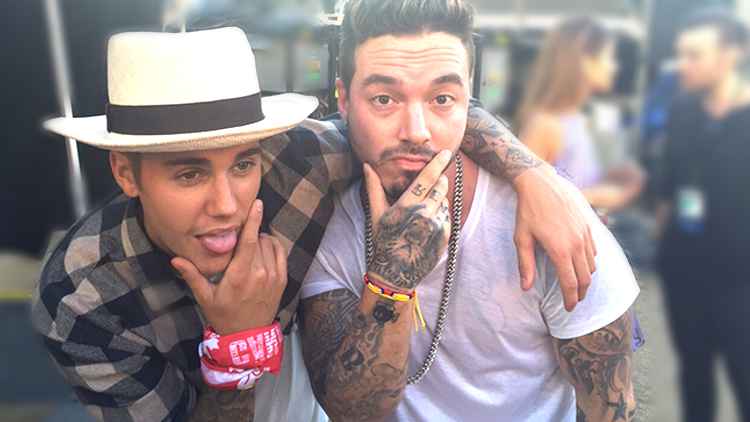In what could well be a turbulent year, Colombia has little in the way of big events for 2025, but a number of things bubbling away under the surface. The stage may be set for surprises.
Recent years have seen football championships, international summits and election fever in Colombia. 2025 has none of that sort of event to provide a natural hook for the year to pivot around. However, there’s no shortage of things going on in the country. 2024 certainly had plenty going on.
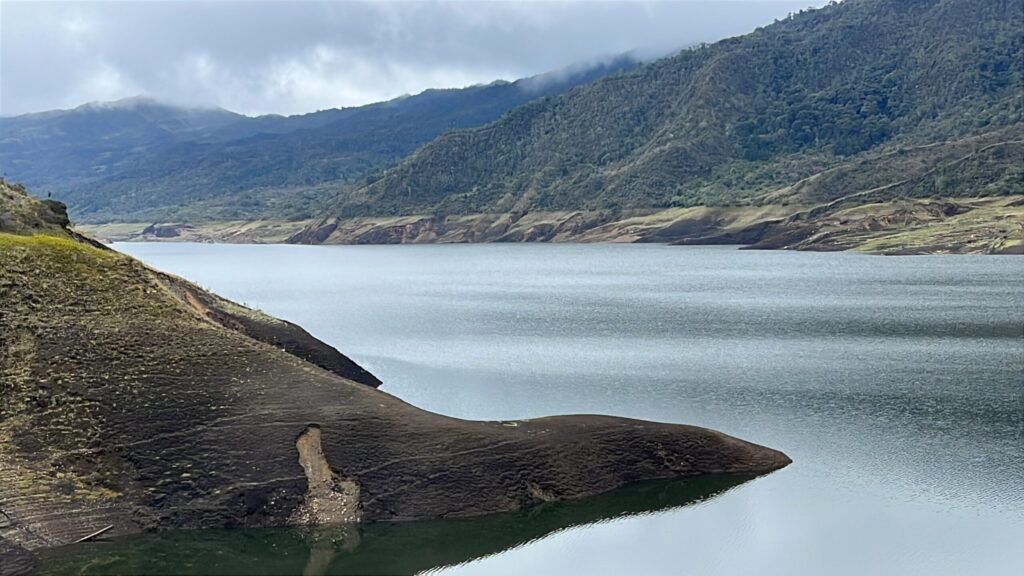
Critically, 2026 has the possibility to be huge. There will be one of the most important elections in recent history next year to determine who succeeds Gustavo Petro as Colombian president, a World Cup in which la sele could well shine and much more besides.
Some of the preparation for that will bleed into this year, especially towards the end of 2025 in Colombia. In many ways much of what happens this year will end up affecting the following year and that opens up space for unexpected occurrences – something Colombia specialises in.
So, it’s an odd year that has ‘transition’ written all over it. But Colombia has a habit of springing surprises. With little on the agenda in the way of big events, it’s a hard year to call. Be sure to come back in a few months time and tell us how we got it all wrong.
Political manoeuvres in the dark

This is president Gustavo Petro’s final full year in power. Due to term limits in the Colombian system, the final six months of an administration often ends up as somewhat of a lame duck affair. If Petro can’t get something through before Christmas, it’s likely never happening.
More pertinently, he has to get a budget approved and that’s not going to be easy. He wants a tax reform, and those haven’t been easy to get through in recent years. Few people like paying tax at the best of times and in a cost of living crisis even less so.
Towards the end of the year, the riders and runners for the 2026 elections will become clearer as candidates jockey for position. There are a few hats in the ring already, but more will come thick and fast around autumn time. For a country that has never had a female head of state, there are a few intriguing names bouncing around.
It’s common for candidates to represent a range of parties, which involves a sort of primary process. Those usually take place in December or early January, meaning campaigns will be in full flow well before year end.
Former Bogotá mayor Claudia López has expressed interest in running for the big office, as most ex-mayors do. The current mayor’s brother, Juan Manuel Galán also appears to be in the mix. Peñalosa might have another go and Fajardo probably isn’t done yet.
Vice president Francia Márquez may take a tilt, although she’s had a rough time as VP. Gustavo Petro’s wife Verónica Alcocer’s name has been mentioned, but that’s starting to die down a bit now as she has taken a back seat in recent months. Gustavo Bolívar recently finished third in a two horse race for the mayorship of Bogotá, but that hasn’t daunted him.
Luis Gilberto Murillo resigned as canciller recently, which almost certainly means he’s going to enter the race. A highly able politician, he has generally done a good job on foreign affairs in the shadow of Petro and was seen as a safe pair of hands. His replacement is the precocious Laura Sanabria, continuing her ascent through Colombian politics.
From the right, things are far less clear. The definite candidate so far is Vicky Dávila, editor of Semana. She seems to enjoy the support of Uribe, though is not an established political figure with a base and electoral machine. There’s often been talk of Maria Fernanda Cabal running, but it’s one of the few subjects she remains tight-lipped about.
Can Petro secure a legacy?
Quite apart from the start of the presidential election cycle will be the question of Petro’s legacy. He came into power promising much but has so far delivered little. The pressure is on this year to get something big passed – not only for his pride but also the success of leftist candidates to succeed him. He’s going to try health reform again, but that was effectively sunk last year.
It’s not clear what is achievable. Various bills he has proposed have run into holdups within the Senate and he seems unwilling and/or unable to negotiate or compromise in order to get them passed. With time running out, he may break the habit of a lifetime and bend.
On the international stage, there are likely to be further tensions with the Maduro regime in Venezuela. Ex presidents of Colombia Iván Duque and Álvaro Uribe have called for action after last year’s election, leading Caracas to respond angrily. Petro remains cautiously friendly but that doesn’t seem to get him anywhere.
Of course, the return of Trump has already blown apart US-Colombia relations, with a well-publicised spat between the two presidents that ended up with no real change in deportations and plenty of anti-Colombian feeling in the new administration.
In the end, both sides claimed victory, one more convincingly than the other and the threat of sanctions remains. On top of that, hundreds of visa processes were affected, aid will likely be cut and military operations and collaboration are in tatters. There’s a lot of work on to restore good feelings and it’ll likely take the whole year or more.
Germany is currently reconsidering visa-free access for Colombians, following a spike in asylum claims in the country. That follows the UK, which abruptly revoked visa-free access for Colombians for the same reason last year.
Peace sells, but who’s buying?
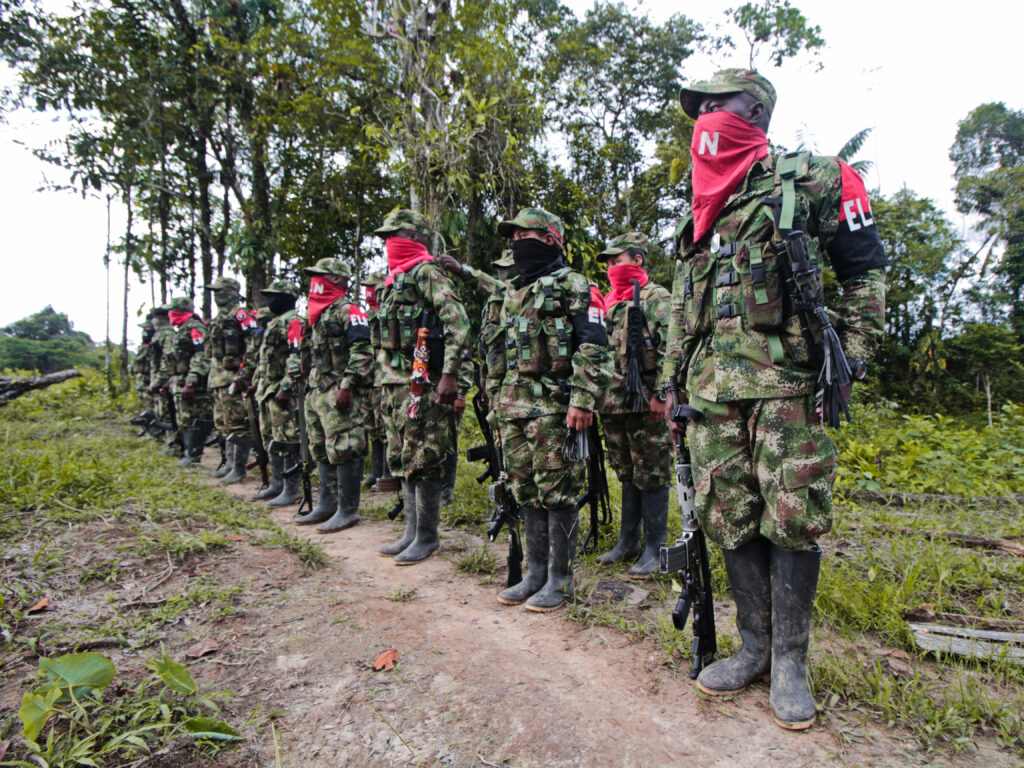
The various peace processes are in serious risk of collapse this year, most notably with the ELN. After recent clashes, Petro’s gone as far as to declare a state of emergency in Catatumbo and thousands of people are fleeing the zone.
That’s unlikely to end quickly and even if it does, the effects will linger far longer. All those displaced people will have to rebuild their lives whether they decide to go back or not, extra taxes have been announced to support the effort and of course distrust on both sides will remain.
None of the other processes have gone well, with armed groups on the northern coast making no real progress and FARC dissidents running rings round the state negotiators. It’s been years now of broken promises and wasted time and there’s not much to suggest any of that changing in the short term.
However, there’s plenty of incentive to get things done, and it’s not unusual for acuerdos to come seemingly from thin air. The aforementioned political jockeying may focus a few minds and get people to a deal. After all, Petro is by far the most receptive president any of these groups are likely to deal with.
Local issues
Despite the beautiful sunny days, Bogotá life is a bit of a grind for many at the moment. Crime remains stubbornly high, the Metro works are making it harder to get around the city and water cuts are continuing. Mayor Galán had an OK first year, but has few big achievements to point at. This year he could do with a big win.
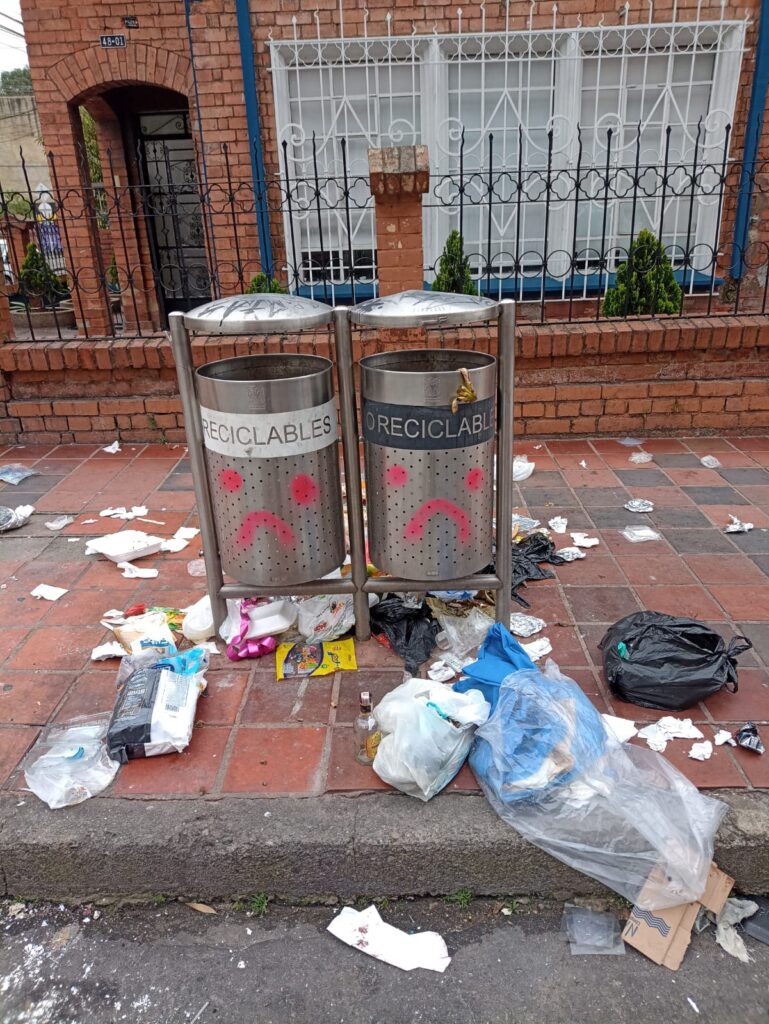
Crime has been top of bogotanos’ concerns for a long while but the numbers remain stubbornly high. Few people believe the official figures, especially as homicides are up – now higher per capita than Medellín. This is one of those things that can burn slowly and suddenly explode – hopefully not this year.
Trash, too, has been an ongoing problem since both Petro (then mayor) and Peñalosa encountered troubles with the system. Since then it’s been mainly ignored, but rats and other vermin are all over the city again now. With hot, dry day now the norm, this is in danger of becoming the new normal.
Metro works are now in full flow ahead of the projected 2028 finish date. Closures of key Transmilenio stations are part of this process as many metro stations will be built above extant Transmi stations. That means you can expect even more disruption among the Caracas, both for public transportation and private cars.
There will certainly be a lot more noise about water, at least in the initial months. La Niña barely arrived last year and finished early. With limited rainfall well into the traditionally dry months of January and February, a lot hangs on the springtime rainy season. Until then, water rationing will continue and may intensify.
Although few are predicting a repeat of last year’s forest fires, that’s certainly far from impossible. Most of the same conditions are in place – extended dry weather, high daytime temperatures and careless people are all in abundance once again.
Worryingly, Petro’s on the warpath again. He spent a lot of time arguing with Claudia López, but has until now left Galán’s administration alone. Now though, he’s threatening to pull funding for the capital again, citing budget problems. Whether he’ll go through with it is unclear, but that won’t help matters.
That’s Entertainment
As ever, there’s a feast of capital entertainment in the months ahead. After the roaring success of last year’s event, Festival Estéreo Picnic will be out to solidify itself in the heart of the capital. Later in the year, Cordillera will fulfil a similar brief. Then there’s the various al Parques and plenty of big gigs coming to town.

Festival Estéreo Picnic has a strong lineup and is head and shoulders above the rest of the Bogotá entertainment offerings. Even if the eclectic selection of Tool and Timberlake, Rodrigo and Morissette are not your cup of tea, there’s cracking local talent early doors.
For one off gigs, Shakira is playing Campín in February which will be huge. Also in springtime is posh Geordie Sting and The Offspring, who absolutely levelled Estéreo Picnic last year. Armenian-American metal legends System Of A Down arrive in April and for heavy fans there’s also the Linkin Park tour.
Smaller (musically, although Kylie is coming too) acts you might want to check out include Colombian songstress Juliana, Basque punk polymath Fermin Muguruza and Valeria Castro. Latin legends abound, from Enrique Bunbury to Molotov via Grupo Niche and more.
A sporting chance
This will be a fairly quiet year in sporting terms, it seems, with few big events in the calendar. There are no Olympics or World Cups to look forward to. Locally, the developing Tour Colombia has been cancelled and doesn’t currently look likely to return. The Copa América Femenina takes place in Ecuador and althouth the women’s game get less fanfare, they deliver results.
With seven out of 10 teams qualifying for the 2026 men’s World Cup, there’s little jeopardy for the impressive Colombian men’s team. However, they have a strong chance of getting a top seed if they continue to do well in the FIFA rankings. They’re currently 12th and both Uruguay and Germany are eminently catchable.
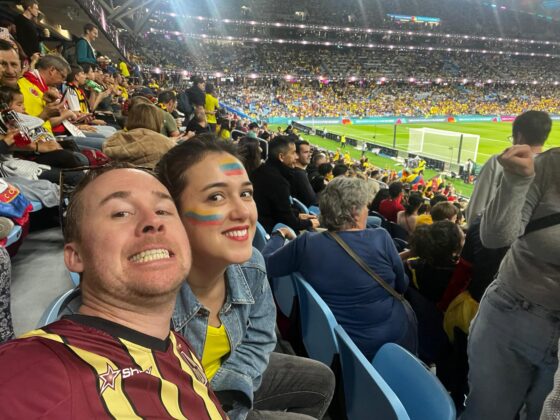
The women’s team, however, get the chance to go one better than last time and claim a first ever Copa América Femenina. Led by precociously talented wonderkid Linda Caicedo, las superpoderosas manage to punch above their weight with limited funding. That means a fighting chance of a glorious return from Ecuador, so keep an eye on them.
One thing that won’t be continuing in the capital is the Falcao-Millos love affair. While his time living the dream with los embajadores was relatively fruitful, he won’t be returning this year in a dispute over wages.
It seems like a lifetime ago that we were talking of a golden age for Colombian cycling, and it’s entirely possible that there could be small reasons to celebrate in the summer. The likes of Quintana and Chaves are older now but could take a stage somewhere, whereas Dani Martínez shone last year and all eyes are on Egan Bernal’s comeback trail.
A year of waiting, or time for a surprise?
While it does seem like the sort of year that’s not going to go anywhere, there’s so many plates spinning in so many areas that it’s entirely possible something will arrive without warning. The trickier part is working out what that will be.
Obviously, it would be good for a breakthrough to come in one or more of the various peace talks, but that seems like one of the longer shots at this moment in time. The chance of Petro getting something substantive through parliament is also fairly unlikely.
There’s a better chance of heavy rains in April-May which could get the reservoirs full again and see the end of rationing. However, that’s still a way away and the signs in January haven’t been encouraging at all.
So in the end there’s always the chance that things will come out of left-field, much as the Petro-Trump spat did. More upheaval in foreign affairs is distinctly possible, and closer to home displeasure at general conditions and cost of living mean there’s the chance of civil unrest in the cities breaking out over some triggering event.
One thing is for sure: Colombia in 2025 is unlikely to be uneventful even if it doesn’t end up being a historic year. As ever, the country retains the ability to spring surprises and the news cycle will continue to run at a breakneck pace. Let’s hope it’s eventful in a good way.


